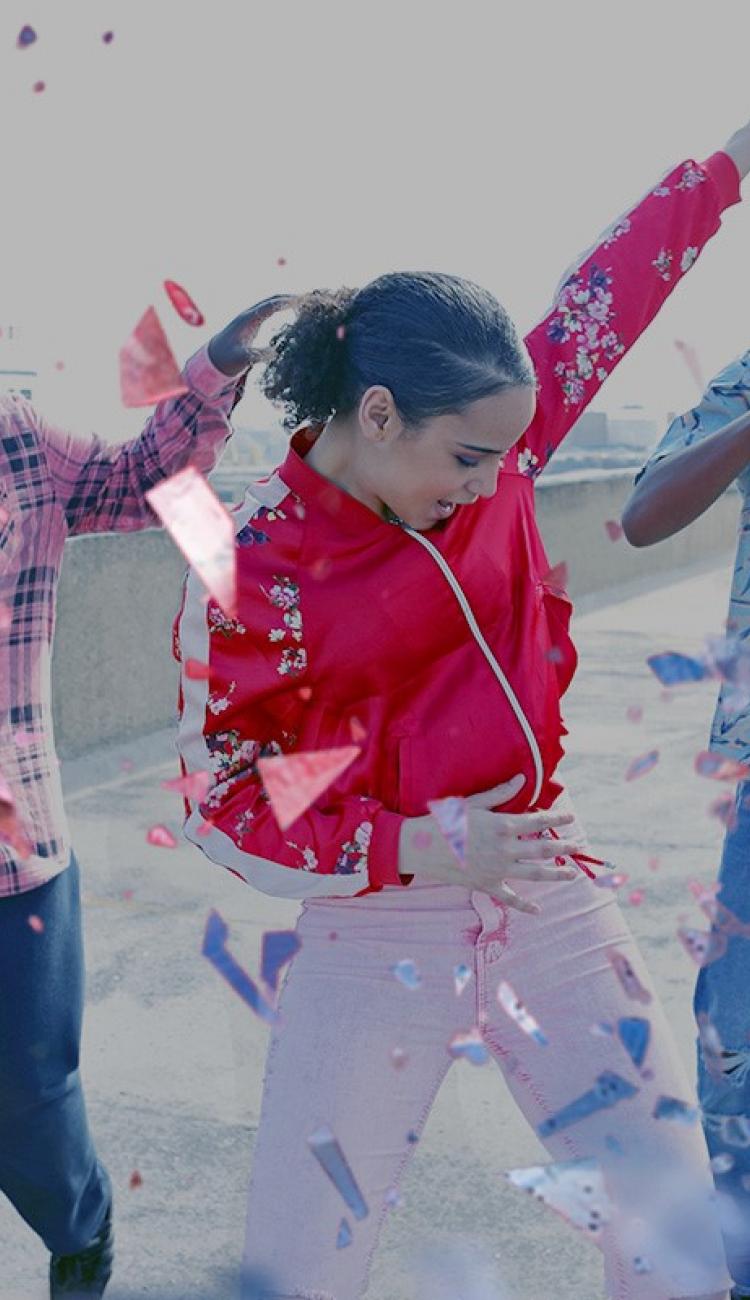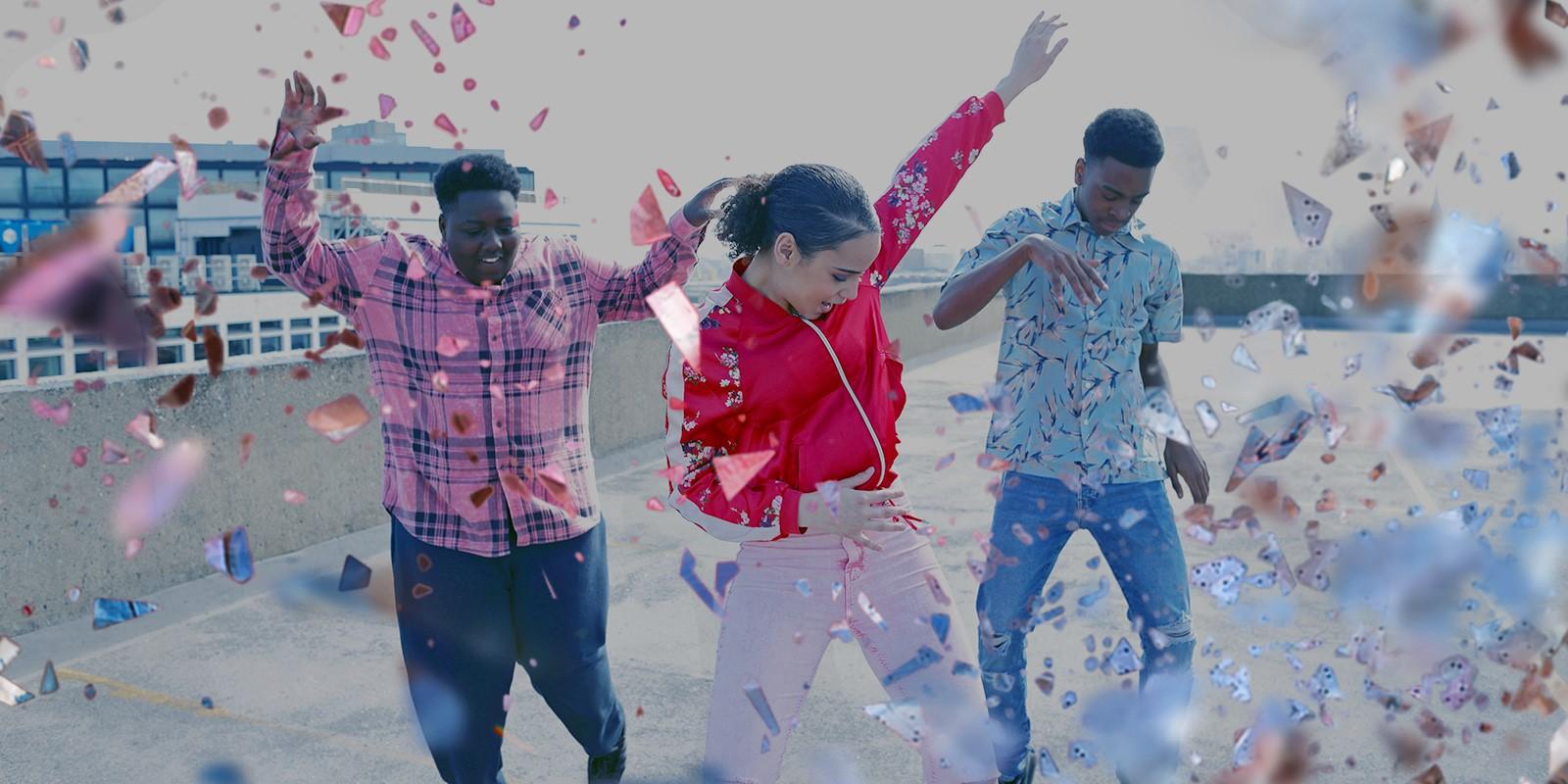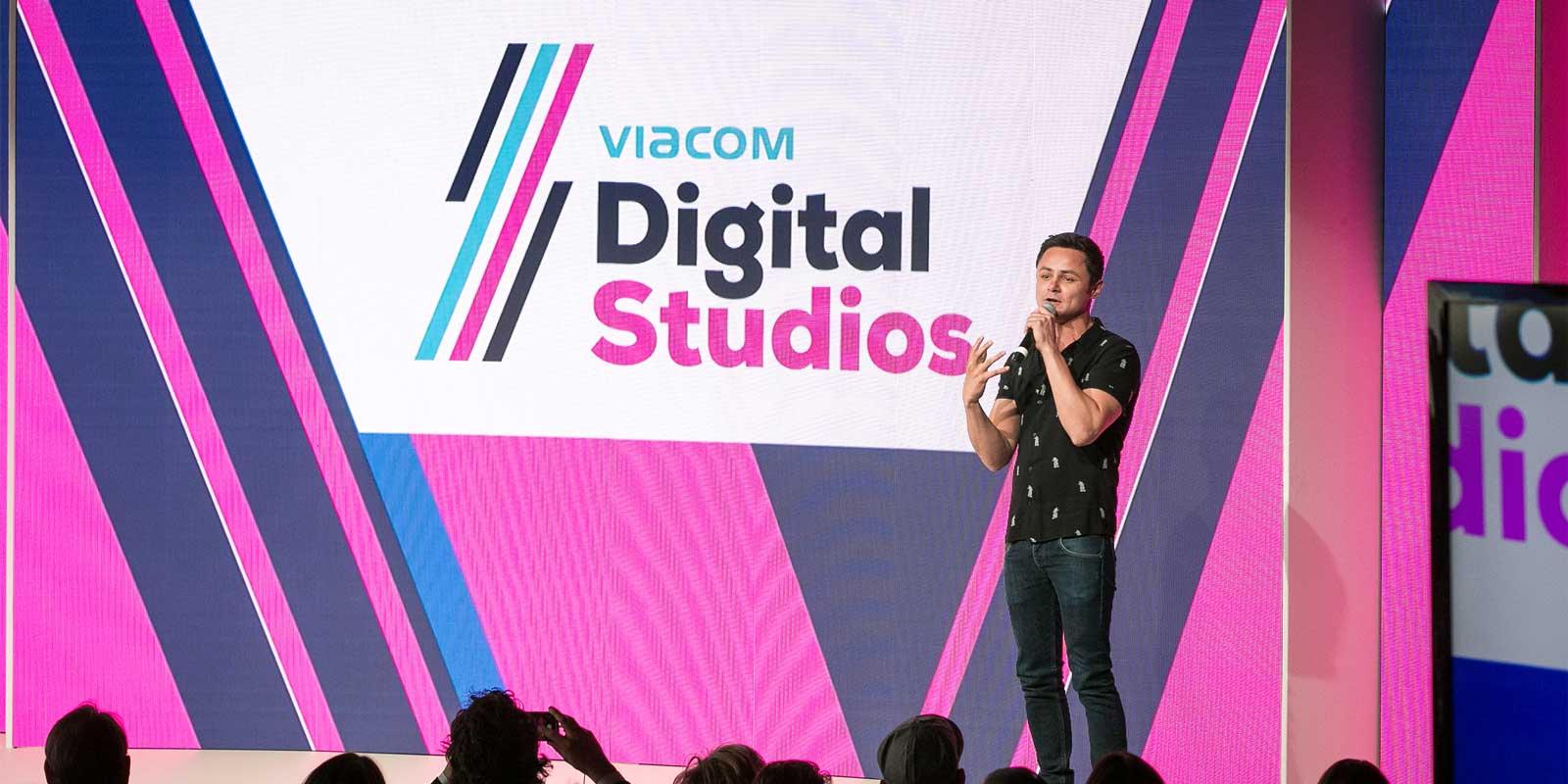Aug 21, 2019
Marketing options abound as Gen Z embraces the lip-syncing video app.
-
Break It Down is a series where we dissect the topics, technologies, and jargon that matter most to marketers and advertisers.
If you’re over the age of 30, you may not know exactly what TikTok is, but you’ve no doubt felt the platform’s growing influence on pop culture. TikTok, which folded Musical.ly into its app about a year ago, surpassed Facebook, Instagram, YouTube, and Snapchat in monthly downloads last September, and topped a billion installs shortly after. The world’s fastest-growing app now has more than 500 million global active users.
This rapid growth, combined with the fact that the app quietly introduced ads earlier this year, provides brand marketers ample opportunity to engage with what experts continue to call the “future” of social media, beauty, and music. And since TikTok is still smaller than the leading social networking apps, there is plenty of room left to grow.
We’ve gathered the need-to-know information on social's next frontier, so you don’t have to. Here’s our breakdown:
What it is:
TikTok is the second iteration of Musical.ly, an app that launched in 2014. In November 2017, ByteDance - a Beijing-based media and tech company that already owned a similar app, TikTok - acquired Musical.ly for a reported $1 billion. The next year, ByteDance combined Musical.ly (popular in the Americas and Europe) and TikTok (Asia) into a single app that, the company says, “better reflects the breadth of content created on our platform that extends beyond music to comedy, performance art and more."
The end product is an app for making and sharing 5-second videos that is often compared to the now- shuttered short-form video app Vine—(RIP Vine.)
The videos are tall, not square, like on Snapchat or Instagram’s stories, and users scroll through them like a feed. The video topics range from inside jokes, to dances, singing, memes, reactions, reactions to reactions, and various challenges: #idolchallenge, the #matildachallenge, the #unmakeupchallenge.
Sixty percent of its 500 million-plus active app users are 16-24 years old.
How it works:
New users are thrust into TikTok’s endless video stream known as the “For You” tab, which algorithmically selects posts based on videos you’ve engaged with in the past. If a user is brand new to the platform, it’s algorithm makes assumptions the second you’ve opened the app.
Those creating 15-second video content on the app post in a similar manner to how they would post a Snapchat or Instagram story.
What makes it different from other apps:
TikTok’s main differentiators are its lip-syncing feature and easy-to-use video editing tool. Users can select songs to sing or rap along with. The app syncs the pantomimes with the music, and a user can tweak the content before posting.
The app’s algorithm constantly learns from its subscriber base. Imagine an Instagram centered entirely around its “Explore” tab, or a Twitter built around trending topics or viral tweets, with “following” bolted onto the side. ByteDance told The Verge last year that, "Artificial intelligence powers all of ByteDance's content platforms...intelligent machines that are capable of understanding and analyzing text, images and videos using natural language processing and computer vision technology.”
Outside of the U.S., TikTok’s usage is growing in China and India—the latter of which has 120 million active monthly users and accounts for 27 percent of TikTok’s total installs between December 2017 and December 2018 - even after the nation banned it (the ban has since been rescinded.)
The pros:
TikTok’s video editing capabilities, engagement, binge-watch-inducing algorithm, and reach allow creators to rapidly gain starpower and celebrity. Lil’ Nas X’s “Old Town Road,” for example, first went viral via a TikTok meme, and recently, broke the long-held record of 16 weeks at No. 1 on the Billboard Hot 100.
Chipotle became the first restaurant brand to experiment with the platform in 2018 with the #ChipotleLidFlip challenge, which led to the brand’s highest digital sales ever. It’s second TikTok-focused activation dubbed the “Guac Dance challenge” became the platform’s highest-performing branded challenge in the U.S., and drove a Chipotle-record 800,000 orders of guacamole in a single day.
The cons:
TikTok drew backlash for promoting inappropriate and dangerous content in some videos. A highly publicized FTC settlement earlier this year implicated the platform for collecting data on children under 13. TikTok claims to have since deleted the accounts of younger children, but many users under the age of 13 continue to sign up for the app under fake accounts and using false information.
Moreover, while the app is relatively ad-free at the moment, it is hard to predict how users will react when more advertisers lean into the product.
The big deal:
For an app that entered the U.S. market in its current form a little more than a year ago TikTok has quickly become a huge player in the social media world. At this year’s VidCon event in Anaheim, Calif., the video app was all everyone (from creators to brand marketers) could talk about.

As content, overall, becomes more personalized and consumer-focused, TikTok’s powerful interactive elements should help it continue to grow.


